This B’luru Startup Helps ISRO Set up Satellites in a Cheap, Eco-friendly Manner
The young engineers behind Bellatrix are developing propulsion systems for ISRO — the only Indian startup to have achieved the feat. #Startup #Innovation
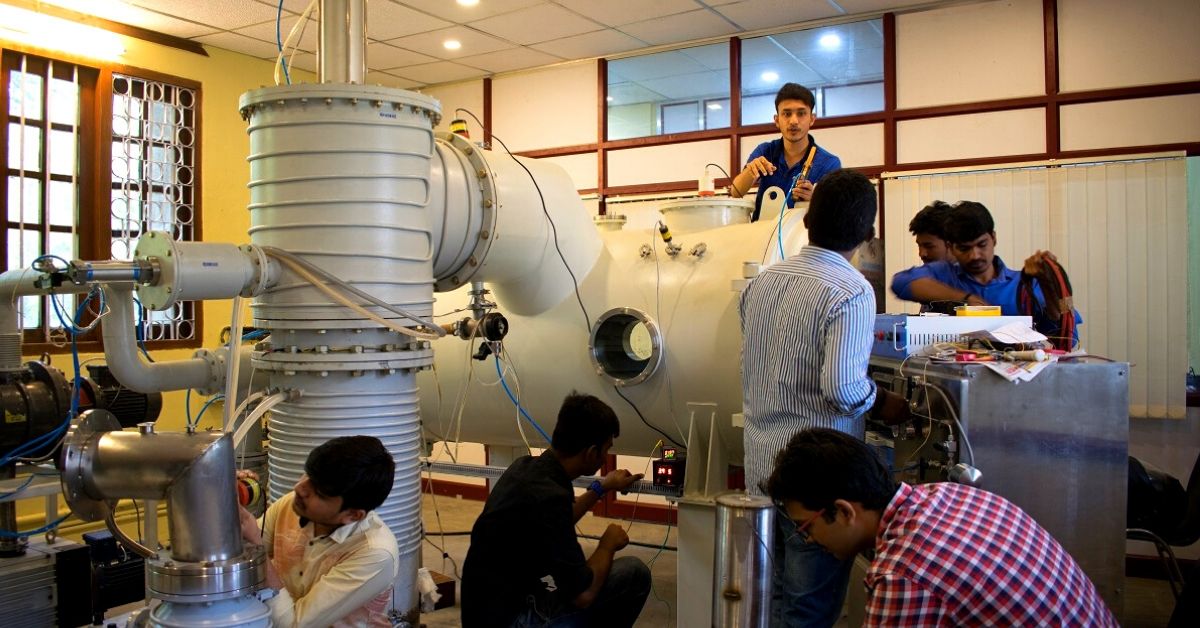
India has come a long way from Aryabhatta, the first in the long line of satellites that the country has launched into space.
Since then, our nation has placed into orbit 319 satellites for 33 different countries! This feat, however, wouldn’t have been possible without the existence of propulsion systems that help satellites maneuver in space and maintain a proper orientation once it is in the orbit.
“Just as cars need engines to move, satellites need propulsion systems to reach their dedicated orbits and to stay in these orbits by maintaining proper orientation. Propulsion systems form an integral part of all satellites,” says 27-year-old Rohan M Ganapathy, the co-founder of Bellatrix Aerospace, a research-driven company.
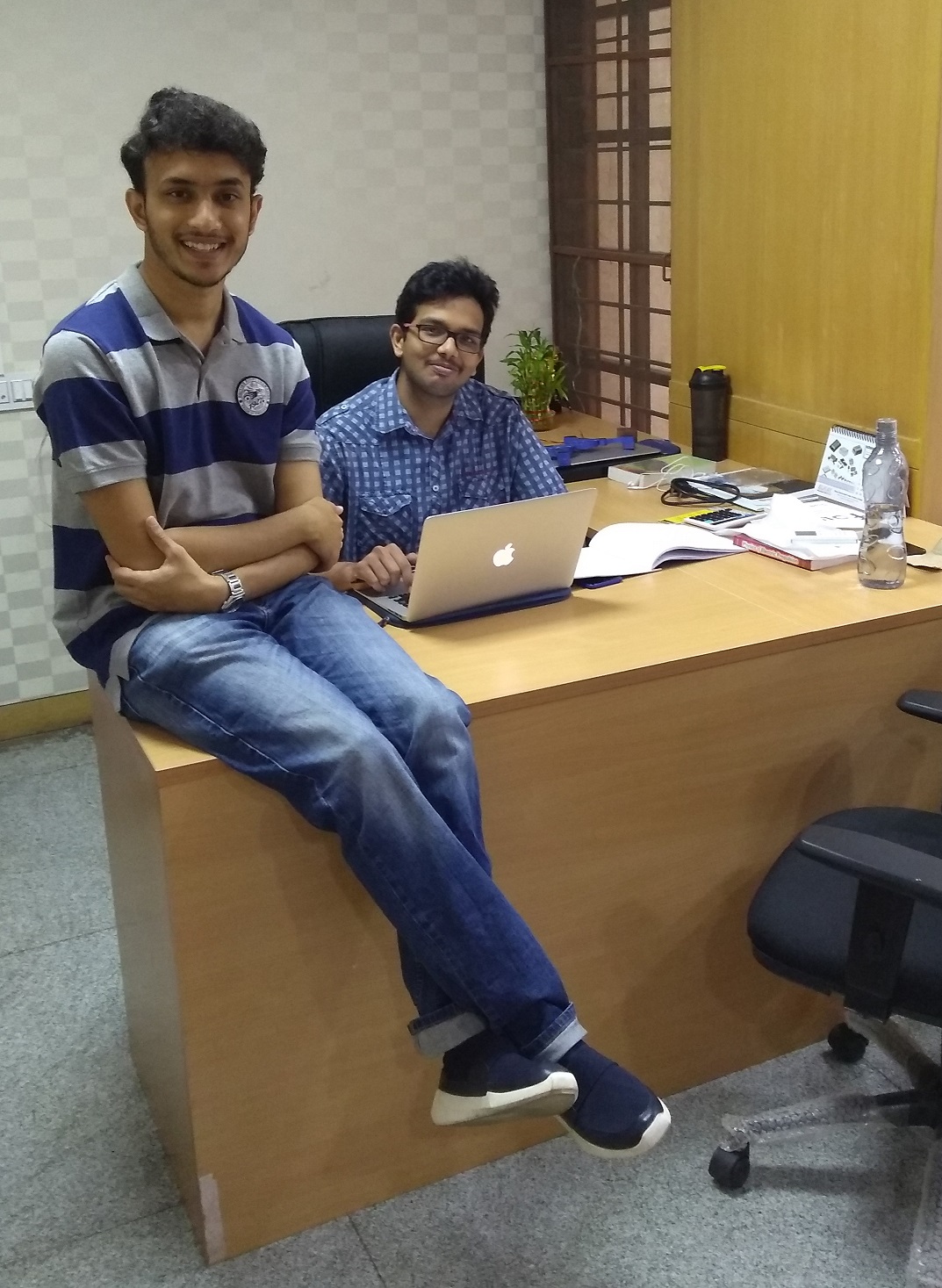
Founded in February 2015, the Bengaluru based startup develops propulsion systems and orbital launch vehicles for satellites.
The interesting thing about the work they do is that they are trying to drastically bring down the cost of operations of these satellites. These costs depend heavily on the type and the features of propulsion systems.
Yashas Karanam, 25, the other founder of the company further explains this. “When you look at the kind of propulsion systems, the ones most conventionally used are chemical propulsion systems. However, these systems need a large amount of fuel to function,” he says.
He gives an example. “So, if you have a satellite that chemical propulsion system that weighs about three and a half tonnes, you’d need almost two tonnes of fuel for orbit raising. It renders the exercise inefficient and expensive,” says Yashas.
Seeing this gap, the team led by Rohan came up with something called the ‘Microwave Plasma Thrusters’ (MPT), an electric propulsion system that uses water as a propellant as opposed to chemical or any kind of fuel.
This innovation is cost-friendly as it would use about 250 kgs of fuel for the same three and a half tonne satellite. Additionally, it is also environmentally friendly because it doesn’t use any kind of chemicals.
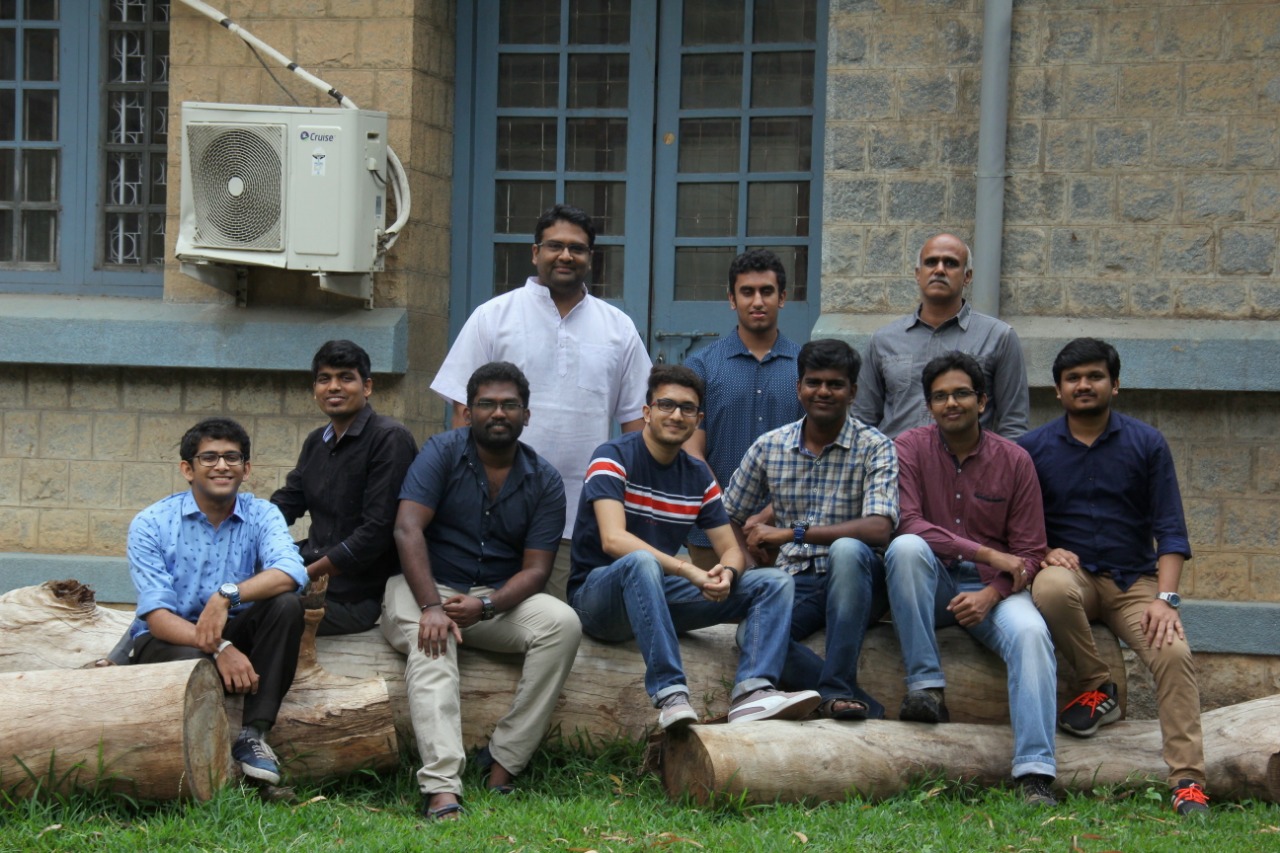
Now, Bellatrix is working with the Indian Space Research Organisation (ISRO) to develop propulsion systems for them. Currently, it is the only Indian startup to have achieved this feat. They’re also working with and are in talks with two other players, one based in India and the other abroad but refrain from speaking about them owing to non-disclosure agreements.
College Project to a National Project
Bellatrix actually started out as a college project when Rohan was studying Aeronautical Engineering from Hindustan College of Engineering in Coimbatore.
It was here that he got an opportunity to present a paper on propulsion systems that he had been working on. He presented these papers at a conference in the US, where he also met astronauts Buzz Aldrin and Neil Armstrong.
In the same year, his research work led him to meet Dr. APJ Abdul Kalam who told him that our country should work harder and conduct research on propulsion systems and model rockets. There was no looking back for him since.
Two other engineering students from the same college, Saagar Malaichamy, and Vivek Murgesan also lent support to Rohan during the research phase. Saagar and Vivek continue to work with Bellatrix and are a part of its core research.

Yashas on the other hand, was a family friend of Rohan’s and joined the team that was developing the propulsion systems. Yashas has a degree in Electrical and Electronics Engineering from Sri Jayachamarajendra College of Engineering (SJCE) in Mysuru.
In 2015, when the team came up with a successful prototype, they decided to found a startup to work in this niche area.
India’s government space agency – ISRO, is the only prominent agency that could carry out research, and launch commercial satellites in the country. Folks from Bellatrix knew that working with ISRO would be the only way their work would see the light of the day.
Lucky for them, ISRO’s Chairman at the time, AS Kiran Kumar was visiting Yashas’s college as a chief guest towards the end of 2015. With their company already established, the team used this opportunity to discuss their concept with Kumar.
A few months later, Kumar got in touch with the passionate engineers and placed an order for a propulsion system.
“We are almost near completion of the tech that is to be used by them,” says an excited Yashas who now looks after the management aspects of the project along with carrying out other administrative duties.
Eco-friendly and Cheaper Propulsion Systems

Conventional chemical propulsion systems use Hydrazine as a propellant for their monopropellant thrusters, but they are highly toxic in nature, explains Yashas.
“Hydrazine is toxic, difficult to handle and carcinogenic. Hydrazine based propulsion systems involve higher ground handling costs as it requires special handling equipment and propellant loading facility close to the launch site. Also, long term storability is an issue because it’s unstable nature,” states Yashas.
In this day and age, where environmental concerns are reaching an all time high, Bellatrix’s innovations are the need of the hour.
To provide an alternative to Hydrazine, Bellatrix has come up with different types of electric propulsion systems which use much less fuel and can power the launch using solar panels. This reduces the fuel costs and ensures more space for communication systems to be fixed onto the satellite.
Bellatrix’s Microwave Plasma Thruster (MPT) also ensures the longevity of the satellite in space. The key feature of their MPT is that it is an electrodeless thruster, which means there is no possibility of erosion as in the case of other electric propulsion technologies once they hit the orbit.
Another interesting innovation of theirs is the ‘Green Chemical Propulsion’ systems where they are using a chemical but it’s non-toxic and safer to handle.
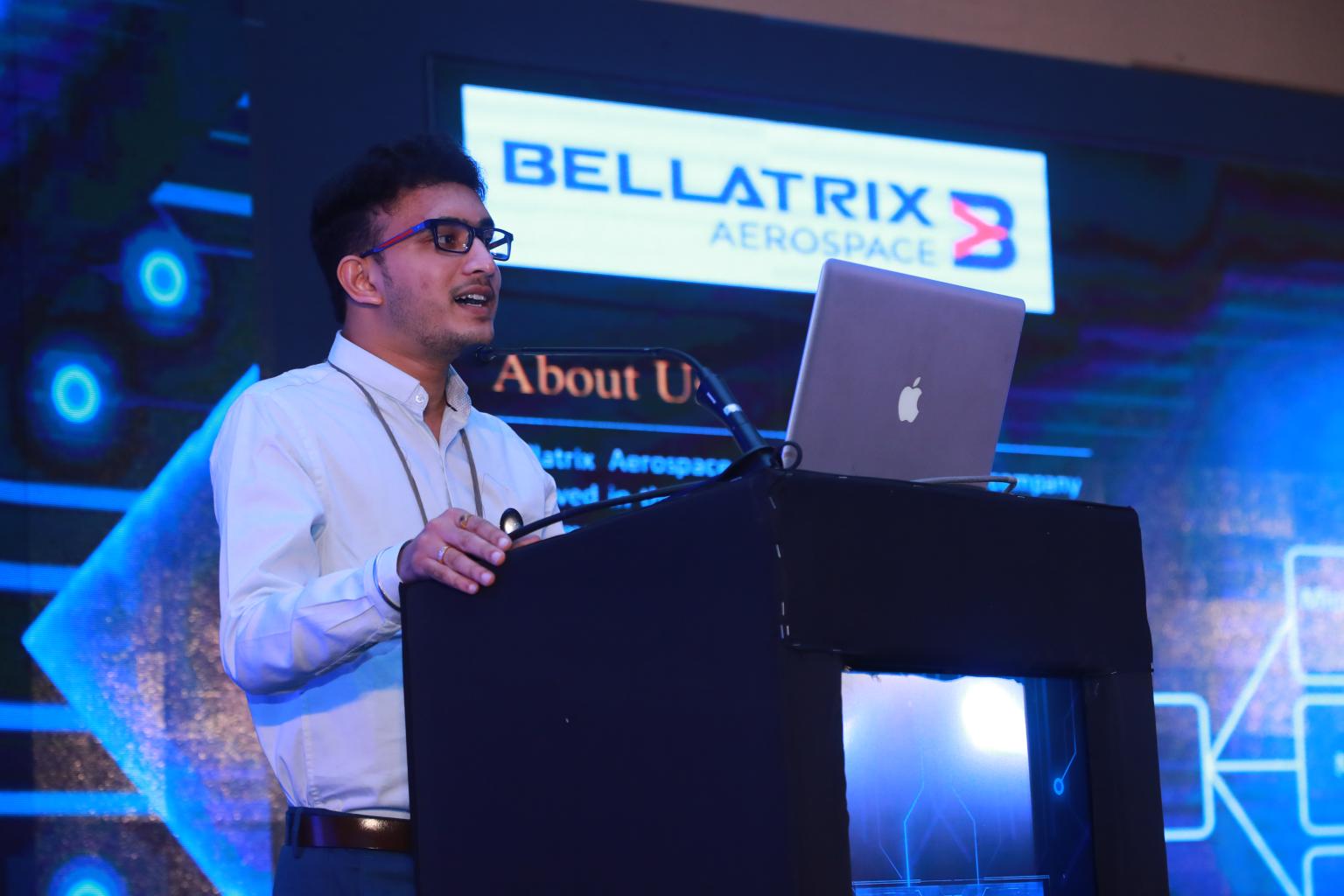
“To handle this, no SCAPE suit is required and can be transported easily as it’s not highly toxic as Hydrazine. Since one doesn’t need to take such precaution, it drastically brings down the operational costs,” states Yashas.
After doing a thorough research in this sector, researchers at Bellatrix found that nano-satellites have become extremely popular.
“These satellites usually weigh about one to 30 kgs and can perform commercial missions that previously required larger satellites. The greatest advantage is that they offer a much higher return on the investment owing to its lower costs of manufacturing, launch, and operations. With several companies competing with each other to launch nano and microsatellite clusters for internet, imaging, etc, this market size is growing tremendously,” informs Rohan.
To cater to these customers, Bellatrix has come up with a launch vehicle for nano-satellites, called ‘Chetak’, which uses liquid methane and liquid oxygen as fuel.
Challenges, Acknowledgments & the Road Ahead
The young innovators have impressed researchers, scientists, and engineers with their innovation, but the road to success has not been an easy one.
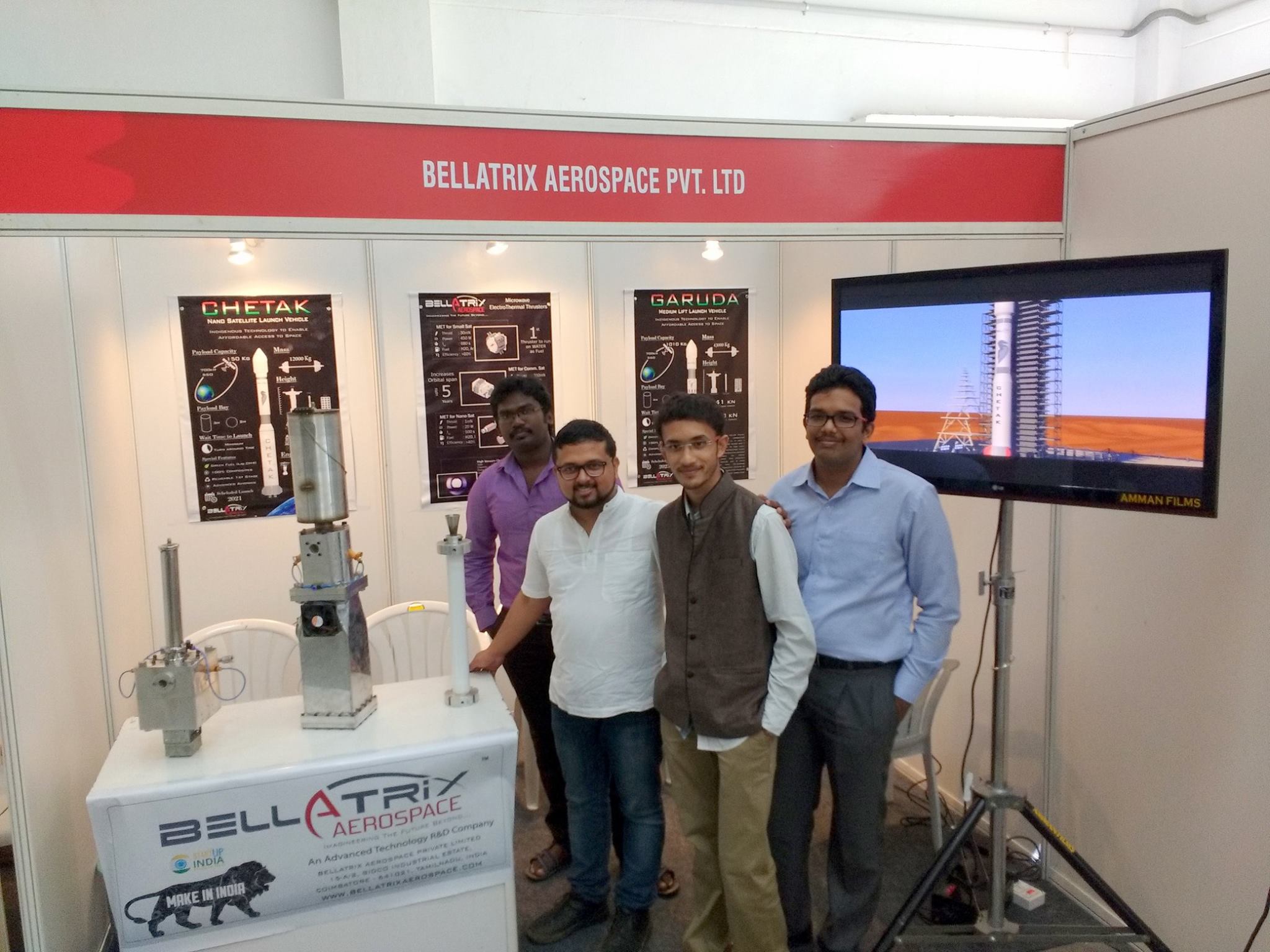
Rohan speaks about the novelty of their innovations which has sometimes proven challenging for them. “Technologically, what we are doing right now, has not been done by a lot of players in this sector. Hence, we have to invest a lot of time and money in research and development to actually come up with a full proof concept,” he says.
All the different parts of their systems, the assembling, the sub-systems have been all (except sensors) developed and manufactured by them solely, claims Yashas.
“Another challenge for us is that the kind of work we do is a sinkhole for money. The better you want to perform, the more money you have to invest,” he says.
Luckily for them, they have received investments led by IDFC Parampara along with seven other investors. Notable among these seven is Deepika Padukone’s ‘Ka Innovations’.
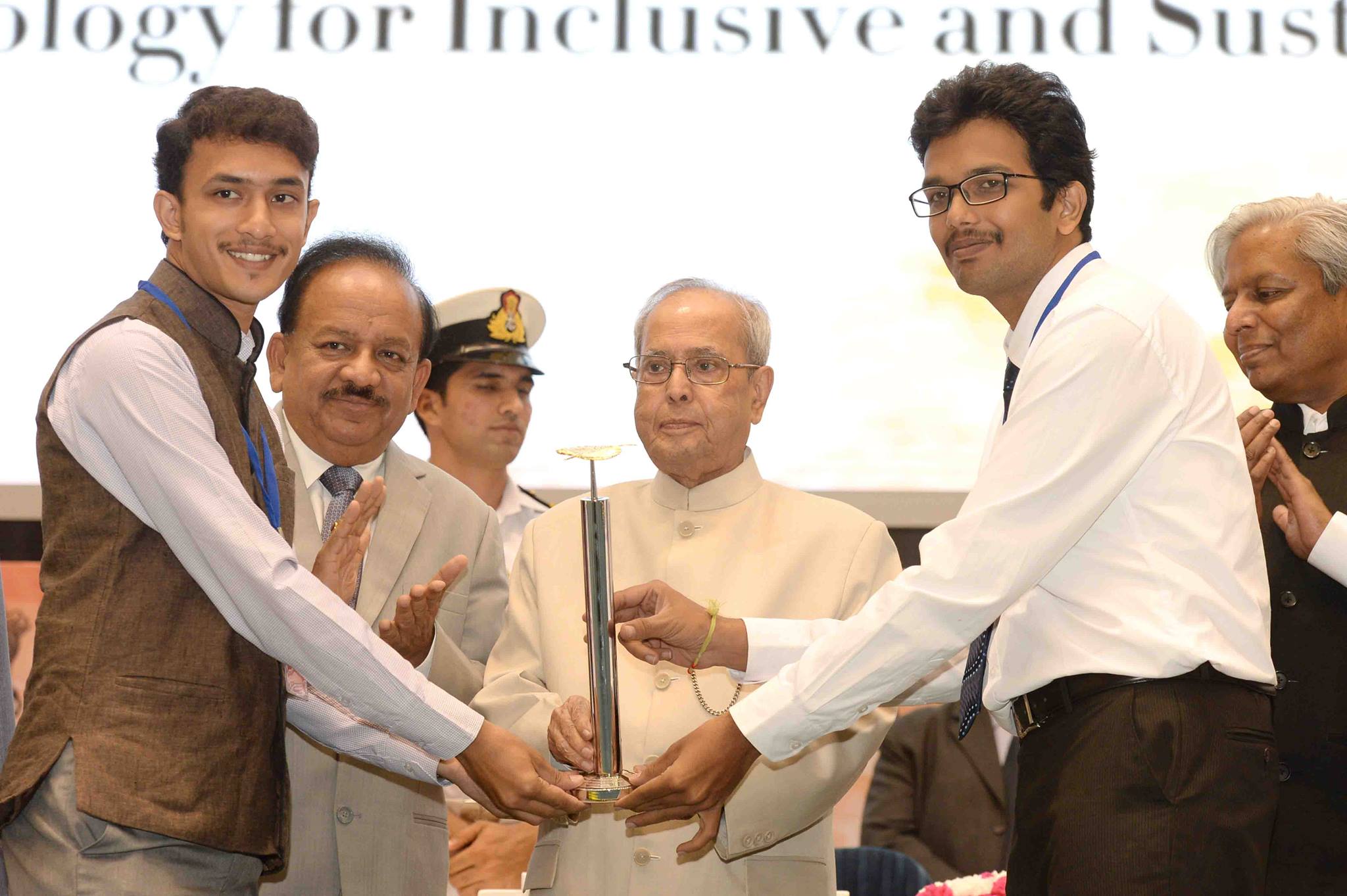
The driven team has also received the Technology Development Board (TDB) National Award in 2017 from the President of India for development of technology with potential for commercialisation.
The startup also received other awards such as ‘Best Space Tech Startup 2018’ by StartAP Awards and ‘Promising Space Technology Startup 2018’ by India Electronics Semiconductor Association (IESA).
So, what does the future hold for the space startup?
Rohan informs that Bellatrix is working towards space qualification of various propulsion systems they are developing within the next one year.
“For the long-term, we want to focus on developing more satellite propulsion technologies and establishing Bellatrix as a global company by opening offices in Europe and the USA for sales and R&D engagements. We plan to work on reusable micro launch vehicles and other propulsion related technologies in addition to innovating on the existing product line for improved performance,” he says signing off.
Also Read: IISc, ISRO Develop ‘Space Brick’ To Build Eco-friendly Homes on Moon & Earth
(Edited by Saiqua Sultan)
Like this story? Or have something to share?
Write to us: [email protected]
Connect with us on Facebook and Twitter.

Similar Story

How Narain Karthikeyan, India’s 1st F1 Driver, Built a Successful Startup in Just 3 Years
Narain Karthikeyan, India’s first Formula 1 race car driver, now runs a business of refurbished bikes, which employs around 250 people and is backed by approximately $11 million in funding.
Read more >
If you found our stories insightful, informative, or even just enjoyable, we invite you to consider making a voluntary payment to support the work we do at The Better India. Your contribution helps us continue producing quality content that educates, inspires, and drives positive change.
Choose one of the payment options below for your contribution-
By paying for the stories you value, you directly contribute to sustaining our efforts focused on making a difference in the world. Together, let's ensure that impactful stories continue to be told and shared, enriching lives and communities alike.
Thank you for your support. Here are some frequently asked questions you might find helpful to know why you are contributing?


This story made me
-
97
-
121
-
89
-
167












